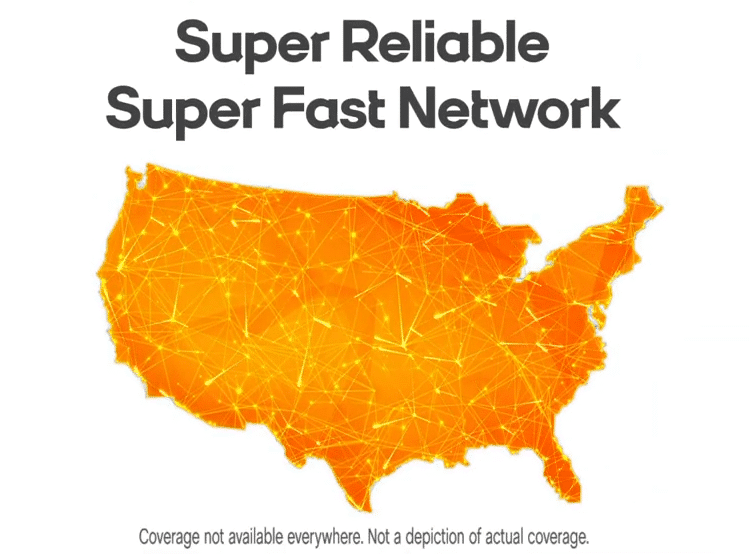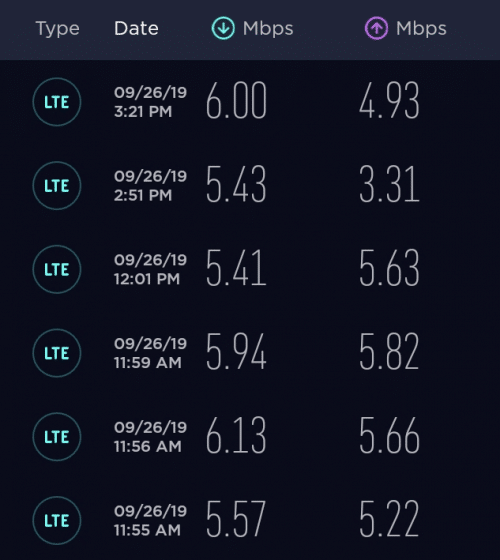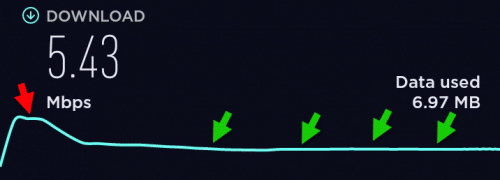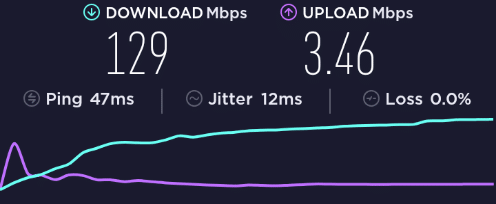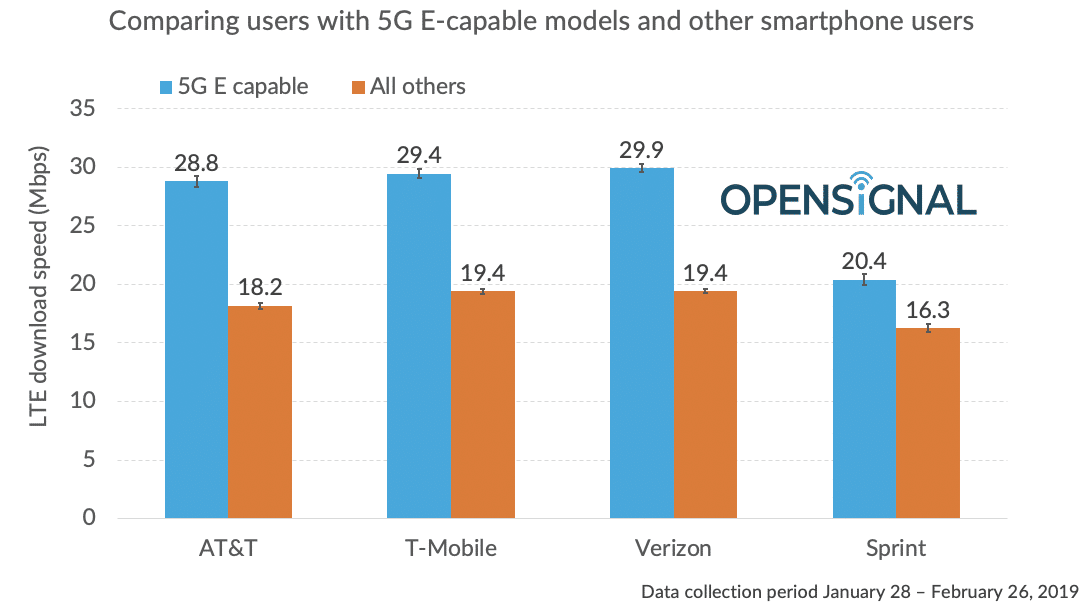Today, Opensignal released a new report on the performance of U.S. wireless networks. The report details results on seven different metrics.
Here are the networks that took the top spot for each metric at the national level:
- Video Experience – Verizon
- Voice App Experience – T-Mobile/AT&T (draw)
- Download Speed Experience – AT&T
- Upload Speed Experience – T-Mobile
- Latency Experience – AT&T
- 4G Availability – Verizon
- 4G Coverage Experience – Verizon
It’s important to interpret these results cautiously due to limitations in Opensignal’s crowdsourcing approach. Since performance data is collected from actual subscribers’ devices, factors not directly related to underlying network quality may impact the organization’s results. For example, if subscribers on a network are unusually likely to use low-end devices or live in rural areas, that will affect the outcome of Opensignal’s analyses. Still, Opensignal’s results are interesting; they’re drawn from a huge data set involving primarily automated performance tests.
Download speed findings
The most notable result in the latest report might be AT&T’s first-place finish on the download speed metric. In the previous Opensignal report, T-Mobile won first place for download speeds, and AT&T took third place. I’ve recently been critical of the methodologies used in some other evaluations that suggested AT&T had the nation’s fastest network. While many of those methodological criticisms still stand, the fact that Opensignal’s arguably more reliable methodology also found AT&T to have the fastest network leads me to believe I was too harsh. I’ll be interested to see whether AT&T also takes the top spot for speeds in RootMetrics’ upcoming report.
New metrics
Two new metrics were introduced in this report: Voice App Experience and 4G Coverage Experience. The Voice App Experience metric assesses the quality of voice calls via apps like Skype and Facebook Messenger. I’m not exactly sure how the metric works, but it looks like all four networks received similar scores. Opensignal deemed all these scores as indicative of “acceptable” quality.
The 4G Coverage Experience metric adds a bit of complexity to the previously existing 4G Availability metric. The coverage metric assesses 4G availability across areas all Opensignal’s users find themselves in, regardless of their network.


